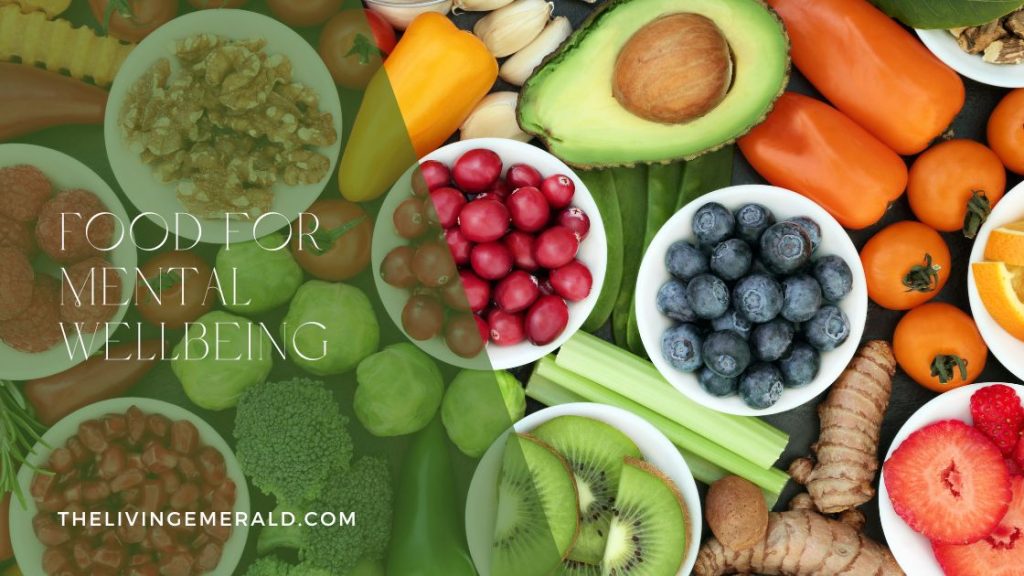
The Mystery of Baby Dance Moves: Where Do They Learn Them?
Watching a baby dance moves to music is a delight for parents and caregivers alike. Without any formal instruction or even prior observation of dancing, babies often exhibit movements that […]
The Mystery of Baby Dance Moves: Where Do They Learn Them? Read More »


